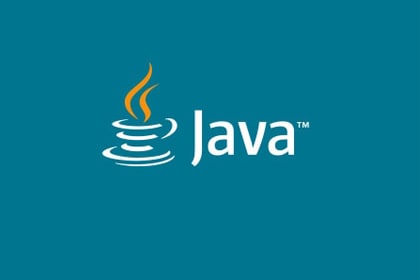Java - Abstraction and Interface
In this note, you will quickly know about the Abstract Classes and Interfaces. Abstract class is a restricted class that cannot be used to create objects (to access it, it must be inherited from another class), while Interface is a completely "abstract class" that contains only constants and abstract methods.
Java - Static Keyword
In this note, you will quickly know about the static modifier on variables, constants and methods. Static variables are shared by all the instances of the class. Static methods are not tied to a specific object.
Data And Computer Communications - Data Link Layer [1]
Data link layer has responsibility of transferring data (a frame) from one node to adjacent node over a link. Make sure the transition is error-free. It needs to check the error.
Java - Polymorphism (Static / Dynamic Binding)
Inheritance is implemented on the classes whereas, the polymorphism is implemented on methods/functions. Polymorphism in Java has two types, Runtime polymorphism (dynamic binding) and Compile time polymorphism (static binding).
Java - Inheritance, Constructor Chaining
Inheritance is used to avoid redundancy when Classes have many common features. The idea is to develop a subclass from a superclass.
IOS Mobile System - Swift basics
Swift is a general-purpose, multi-paradigm, compiled programming language developed by Apple Inc. and the open-source community, first released in 2014. According to Apple, Swift is “friendly” to new programmers.
Introduction to Pure Pursuit Tracking Algorithm
Pure pursuit is a tracking algorithm that works by calculating the curvature that will move a vehicle from its current position to some goal position. The whole point of the algorithm is to choose a goal position that is some distance ahead of the vehicle on the path.
Data And Computer Communications - Physical Layer
Signal received may differ from signal transmitted causing degradation of signal quality or bit errors. Channel Capacity is a very important consideration in data communications is how fast we can send data, in bits per second, over a channel.
Digital Image Processing - Image Segmentation
Digital image processing is the use of a digital computer to process digital images through an algorithm. As a subcategory or field of digital signal processing, digital image processing has many advantages over analog image processing.
Data And Computer Communications - Basics
In practice, all devices cannot be simply connected to one single network. Near-by devices will be connected to a network, different networks will then be linked up through the network device (router). This interconnection of networks formed Internet.

![Data And Computer Communications - Data Link Layer [1]](https://i.gifer.com/VJi.gif)


